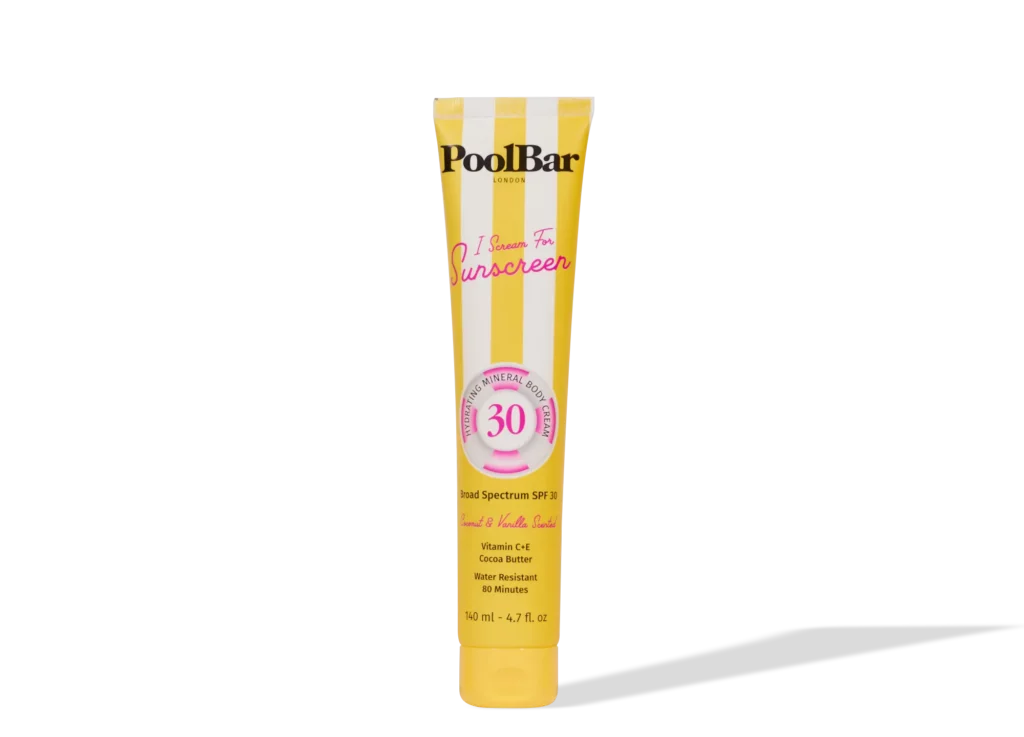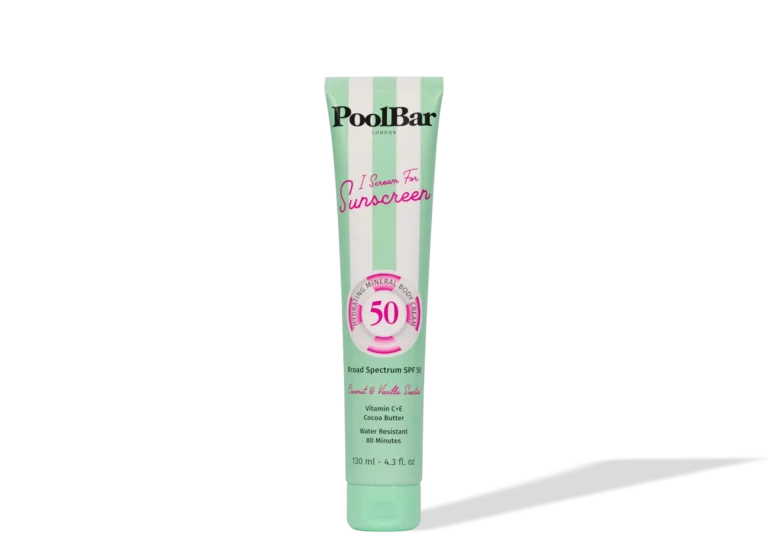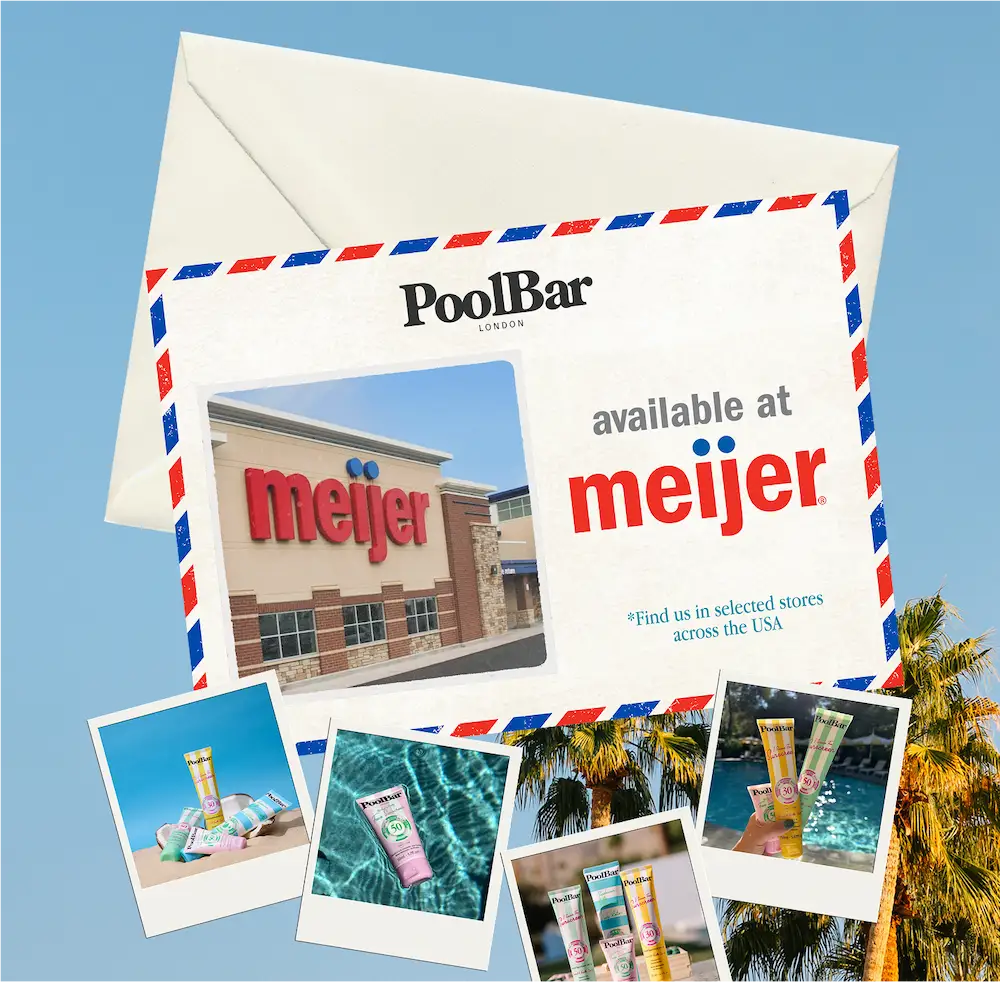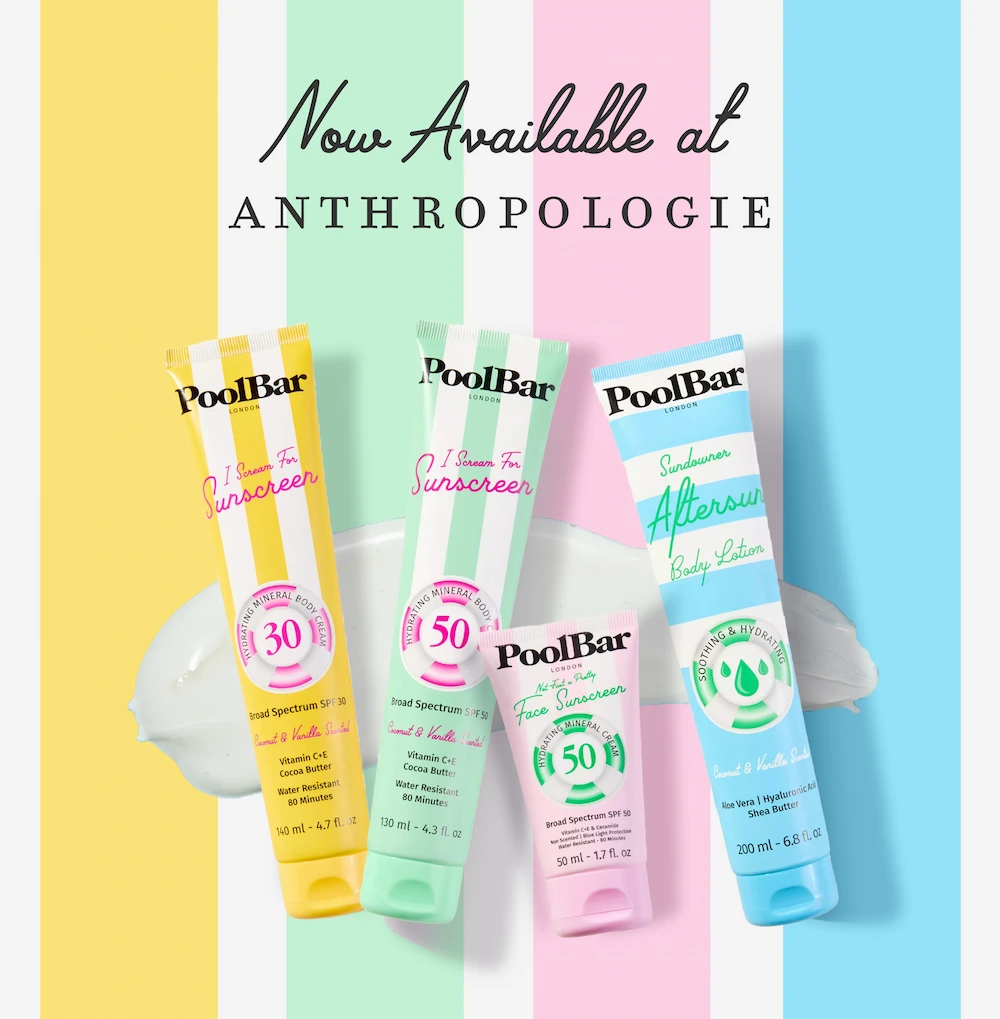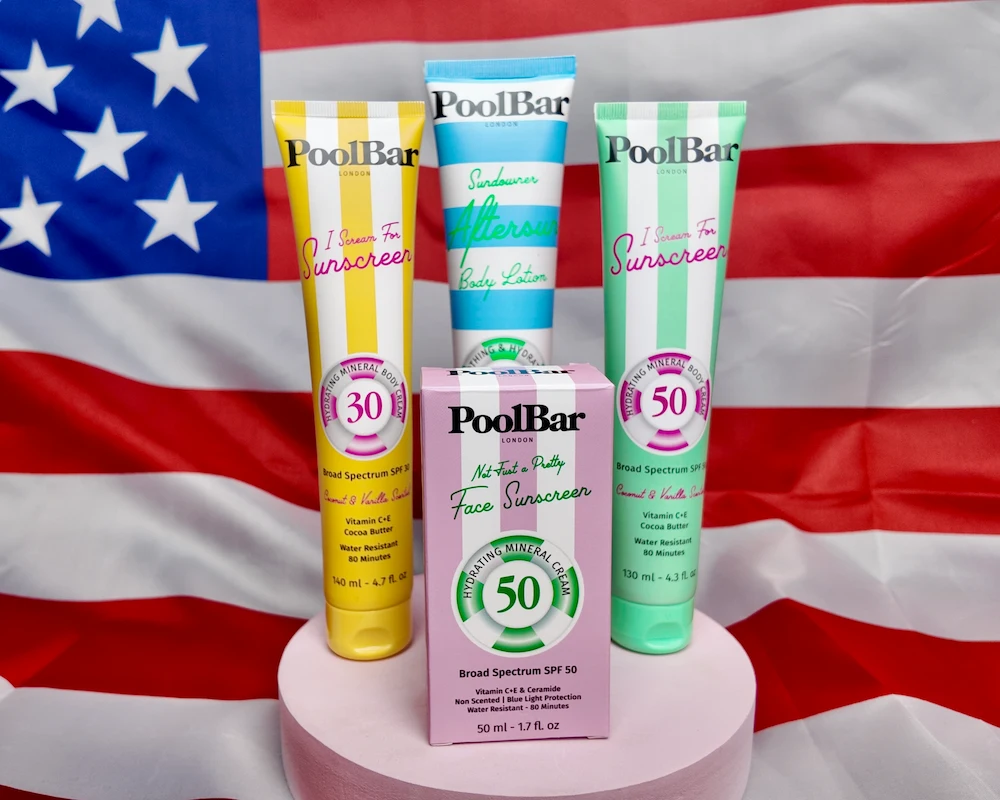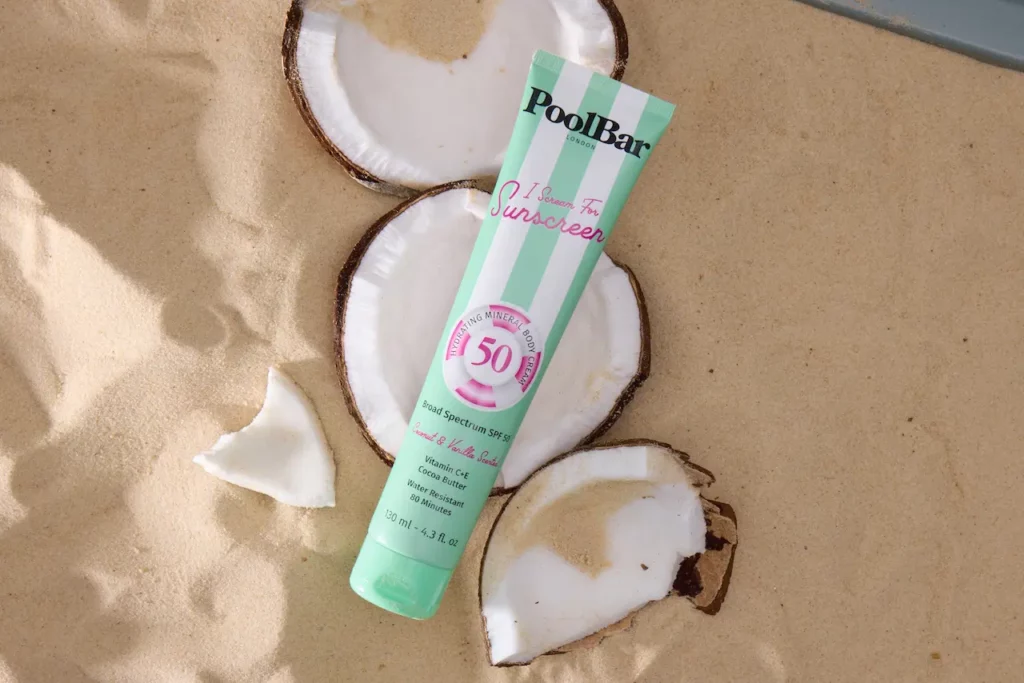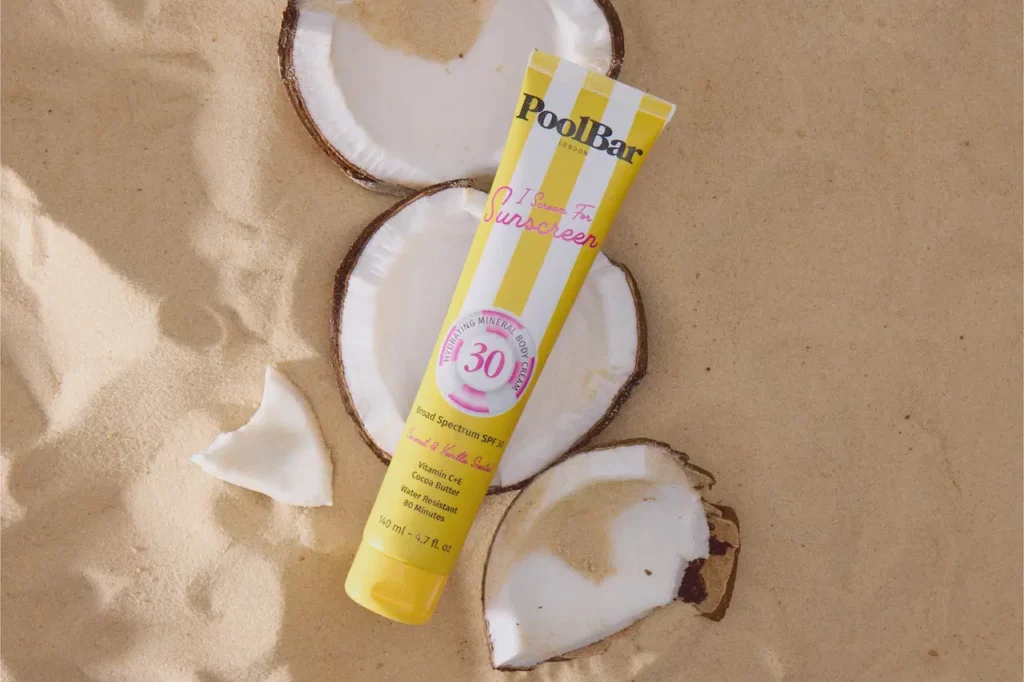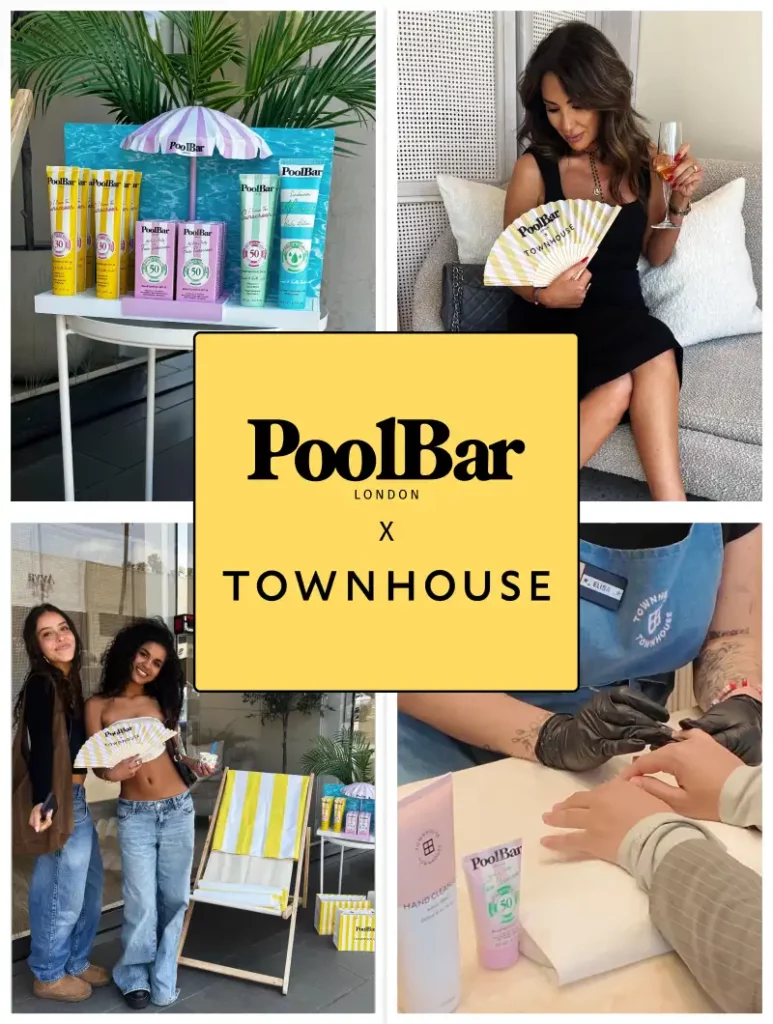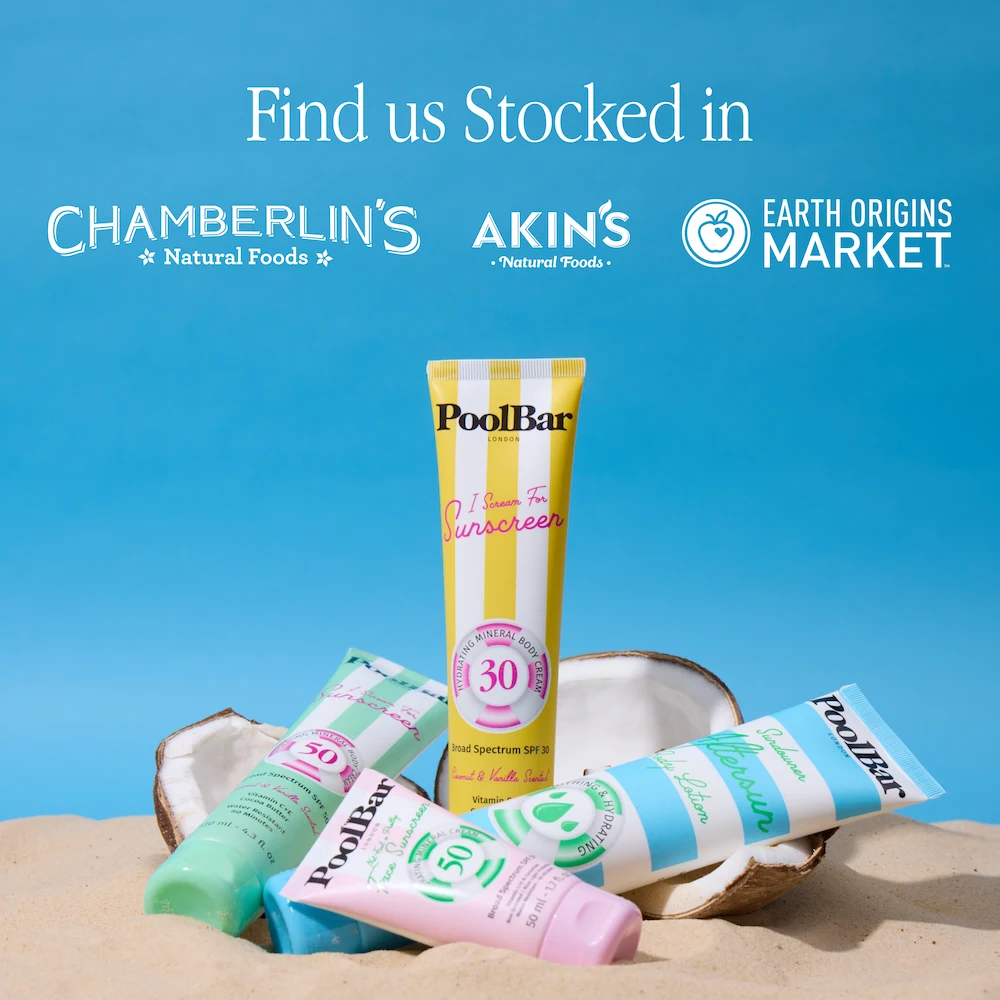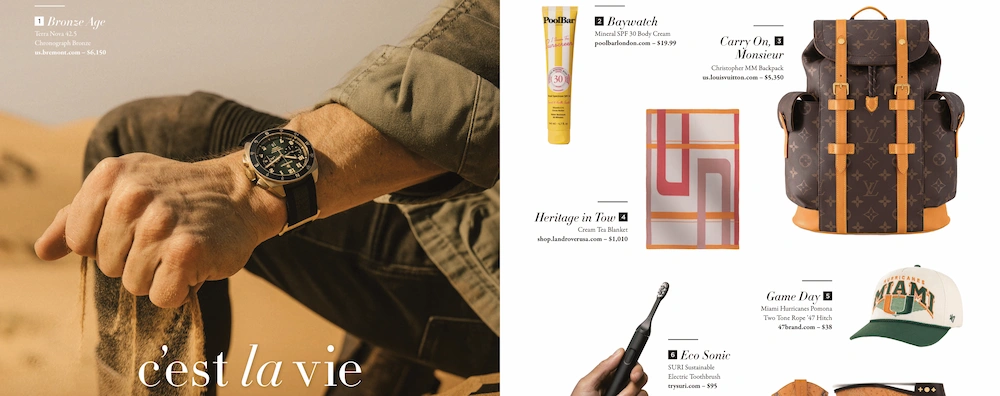Ever noticed “water-resistant” on your sunscreen label and wondered what it actually means? If you’re spending time in the sun or in the sea, it helps to know how your SPF holds up when water gets involved.
We’re going to break down what water-resistant really means and what to look out for when choosing your sunscreen.
Does Waterproof Sunscreen No Longer Exist?
In short, yes, at least when it comes to what you’ll find on a label. In the United States, the FDA banned the use of “waterproof”, “sweatproof” and “sunblock” on sunscreen packaging back in 2011.
These claims were considered misleading because they suggested that a product could provide full, uninterrupted protection no matter how long you were in the water. The reality is, no sunscreen is completely waterproof. All SPF products will eventually wear off, either from swimming, sweating, toweling off, or as time passes.
So if you ever see a sunscreen marketed as “waterproof,” be cautious. It either existed before the regulation, was imported without proper labeling, or is using the term loosely outside of FDA jurisdiction.
What Does Water-Resistant Sunscreen Actually Mean?
Water-resistant sunscreen, on the other hand, is a legitimate and regulated term. It means that the product has been tested to ensure it maintains its stated SPF protection after being exposed to water for a certain amount of time.
In the U.S., the FDA only allows the timeframes of 40 minutes or 80 minutes. This tells you how long the product has been shown to hold up during immersion in water.
It’s worth noting that this doesn’t mean the SPF completely disappears after 80 minutes, but beyond that time, the level of protection can no longer be guaranteed. That’s why reapplying regularly is still crucial.
What is Water-Repellent Sunscreen?
This is where things get a little fuzzy. While water-resistant is a defined and tested term in sun care, water-repellent is not. You might see it used in beauty or skincare marketing, but it’s far more common in products like outerwear or fabrics.
When it comes to sunscreen, water-repellent doesn’t indicate any official testing or protection duration. It simply suggests that the formula might be better at resisting water than others, but without a specific claim to back it up.
If a sunscreen says “water-repellent” but doesn’t also list a time-tested water-resistance label, it’s best to be skeptical. Stick with products that are explicitly labeled as these have undergone standardized testing.
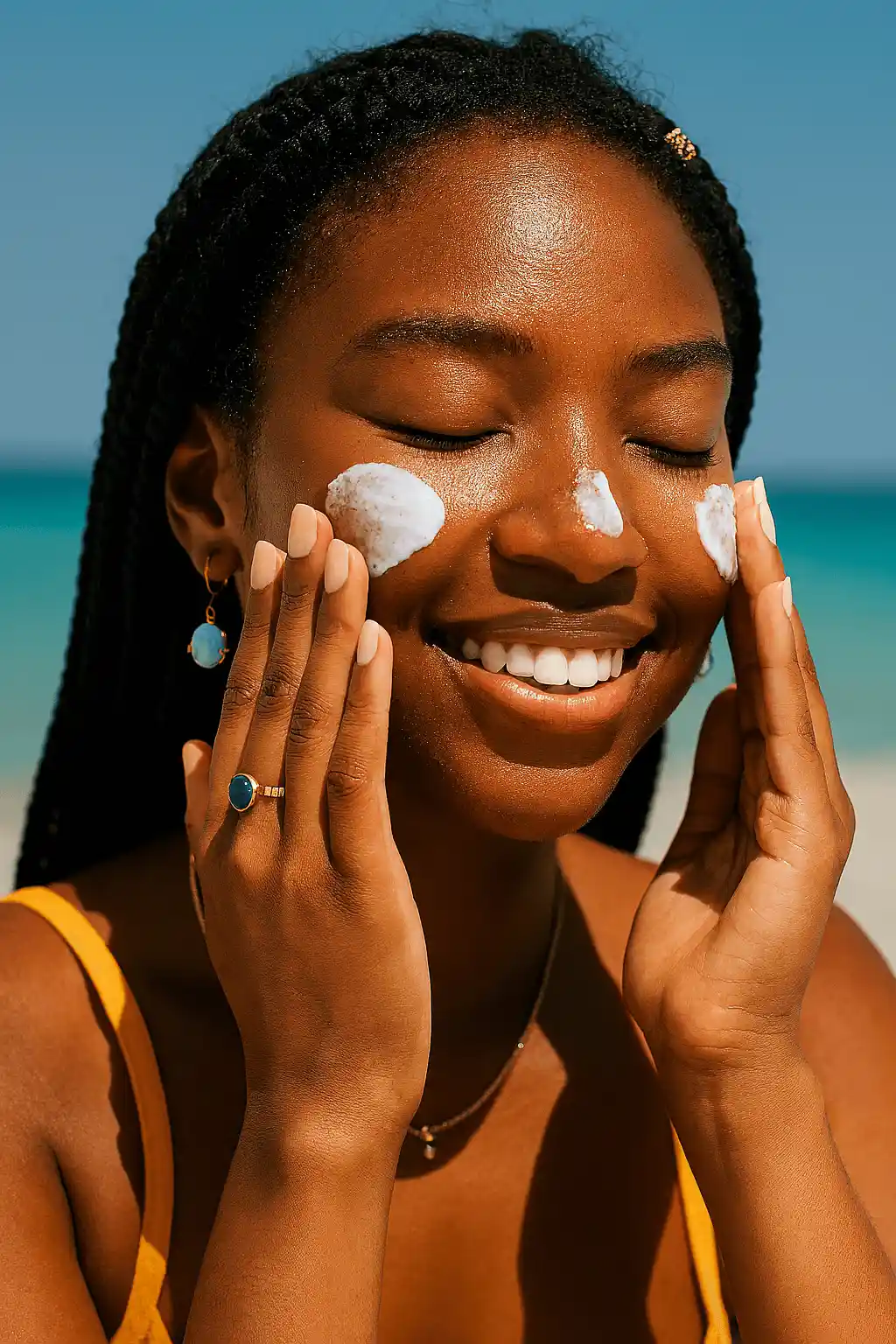
How to Read a Sunscreen Label Like a Pro
Once you know what to look for, sunscreen labels become a lot more helpful. All PoolBar products comply with these key standards for effective sun protection. Explore more about PoolBar’s water-resistant sun care range.
- Water Resistance for up to 40 or 80 minutes, as this tells you how long the SPF is designed to last in the water. If there’s no time listed, the claim isn’t backed by testing.
- Broad Spectrum, as this protects against both UVA and UVB rays. Both UVA and UVB rays can cause damage, including premature aging and sunburn.
- SPF 30 or higher, as dermatologists generally recommend SPF 30 as a baseline, but SPF 50 offers even higher coverage.
How Sunscreen Is Tested
The process behind water-resistance testing is fairly straightforward but rigorous. Volunteers apply the sunscreen as directed, then immerse themselves in a water tank for set periods of time, either 40 or 80 minutes, depending on the claim. After each phase, the SPF is re-tested to ensure it still offers the stated level of protection.
That means if you see 80 minutes on a label, you can trust the product has been tested under those specific conditions. Still, the recommendation to reapply every two hours remains important, because everyday conditions are rarely as controlled as a lab test.
Sunscreen Regulations in Other Countries
Labeling laws vary depending on where you are. In the EU (European Union), sunscreen brands may find loops around the terminology and say they are “very water-resistant”, but even in the EU, how these items are tested can differ from country to country.
And then other companies may not indicate the time of 40 or 80 minutes, which is when it’s wise to do minimal research or rely on trusted brands when you’re overseas.
In Australia, where the sun is more intense, regulations around sunscreen are among the strictest in the world. Sunscreens undergo very specific UVA and UVB testing requirements, and claims regarding water-resistance are treated very seriously, mainly based on Australia’s established surfing and swimming culture.
So if you are travelling internationally or purchasing SPF products online, it would be worth checking what standards apply in that country, especially when there is a real reliance on water-resistance for outdoor activities.
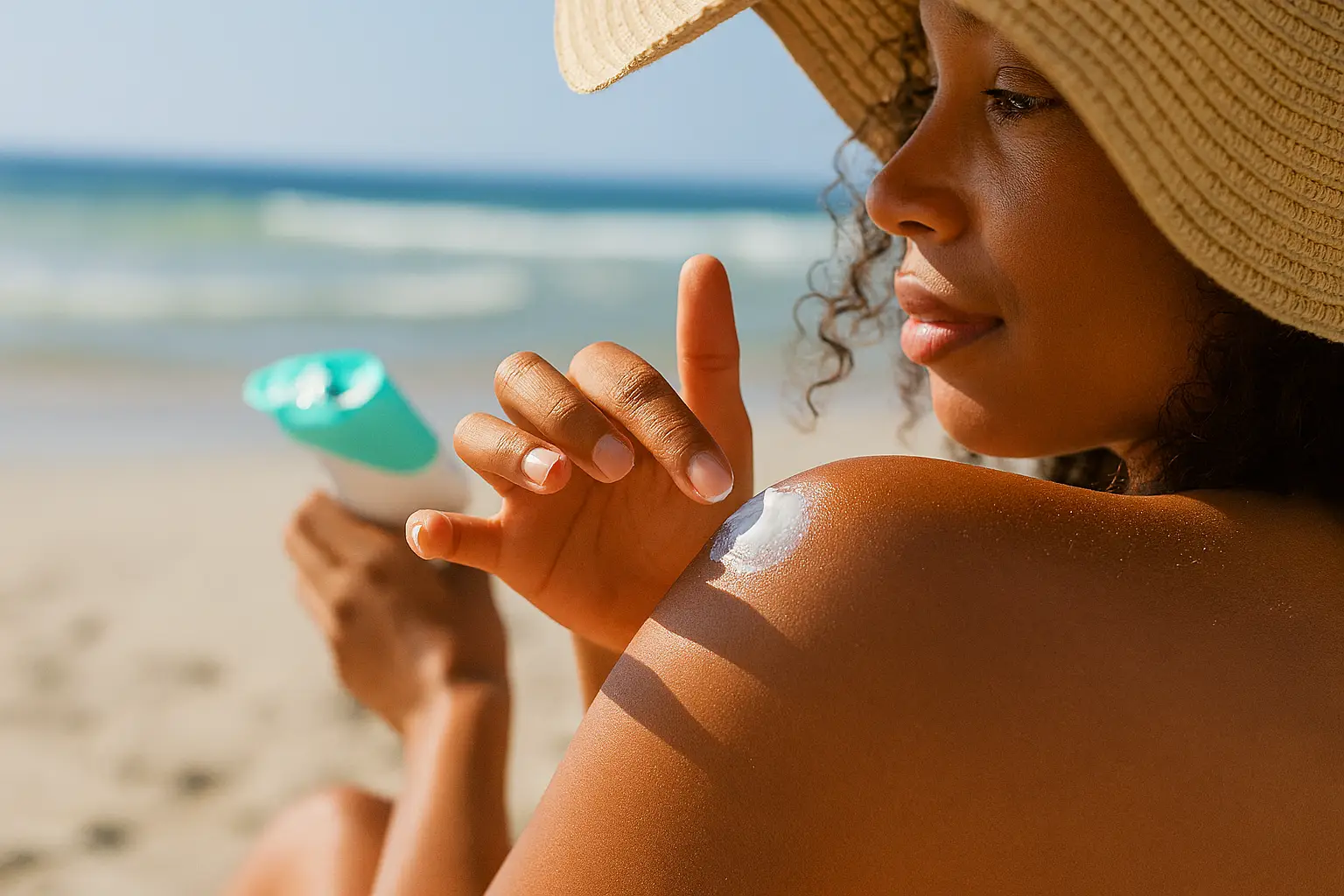
Shop Water-Resistant Sunscreen
At PoolBar, our mineral sun care range is water resistant for up to 80 minutes, the highest protection time allowed on labels. It’s formulated to feel good on skin, has a tropical coconut and vanilla scent, and provides protection without compromise.

